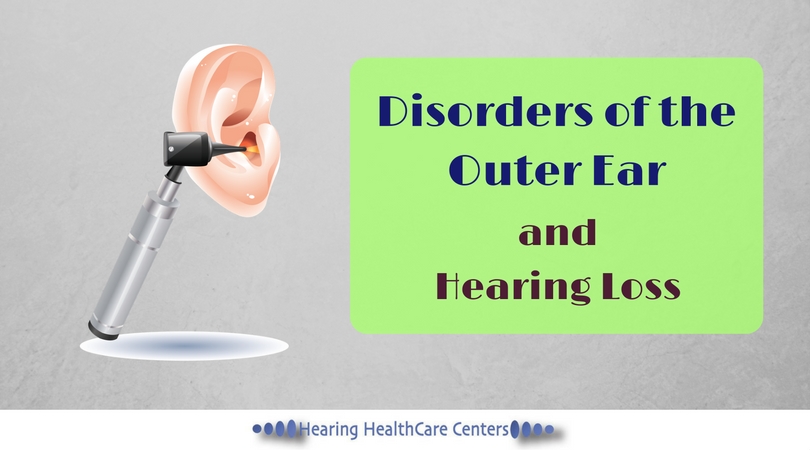
Conductive hearing loss happens when the cochlea or the inner ear is blocked or if there’s a problem with the conduction of sound vibrations. There are many factors that can lead to conductive hearing loss. But for this article, let’s delve deeper into causes that are related to the external ear. Yes, disorders of the outer ear can cause conductive hearing loss.
What are the disorders of the outer ear?
Disorders of the outer ear compromise a range of ear problems that exist or are occurring in the external part of your ear, the pinna, the ear canal, and the eardrum (tympanic membrane).
Below are common outer ear disorders that could possibly lead to conductive hearing loss.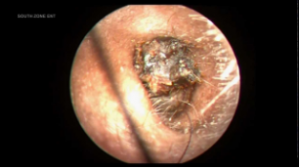
Cerumen impaction
An accumulation of wax in the ear canal which can affect the flow of sound to the tympanic membrane. A little bit of wax is good for the ear canal as it provides lubrication and protects the ear from bacteria and insects. Excessive cerumen can cause problems with hearing and balance.
Foreign Bodies Occlusion
Foreign bodies can be inorganic or organic such as beans or beads, cotton tips, and even insects. It can cause trauma to the ear canal, the tympanic membrane and even the middle ear.
Growths/Tumors
Exostoses (most common)
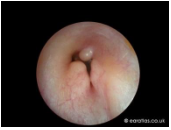 Exostoses are benign, bony growths covered by skin. These are often seen in those who have been repeatedly exposed to cold water (i.e. swimmers). They do not typically cause any trouble with hearing as they do not typically occlude the ear canal.
Exostoses are benign, bony growths covered by skin. These are often seen in those who have been repeatedly exposed to cold water (i.e. swimmers). They do not typically cause any trouble with hearing as they do not typically occlude the ear canal.
Infections
External Otitis
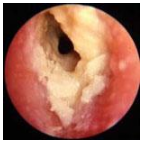 External Otitis is commonly referred to as “swimmer’s ear”. It is usually caused by pseudomonas bacteria. This can create pain, swelling, discharge, itching and a conductive hearing loss due to the swelling. It is treated with antibiotics.
External Otitis is commonly referred to as “swimmer’s ear”. It is usually caused by pseudomonas bacteria. This can create pain, swelling, discharge, itching and a conductive hearing loss due to the swelling. It is treated with antibiotics.
Furuncle
A Furuncle is a painful infection of a hair follicle located in the ear canal. It is usually caused by staphylococcus aureus bacteria. Hearing loss may occur when a furuncle completely occludes the ear canal.
Congenital Malformations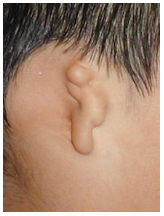
Microtia
Microtia is a congenital deformity wherein the pinna is either small, abnormally shaped, or absent. It can occur in just one side or on both sides.
Atresia
Atresia is a malformation of the external ear canal. It is usually on just one side and it can be a complete or partial closure. The extent of the closure directly affects that person’s conductive hearing loss.
Many disorders of the outer ear can easily be cured with medication, surgery, therapy, and/or even with the use of hearing aids. If you or someone you know has these kinds of disorders, it’s important is for to see an otolaryngologist to target the cause and address the problem. The best way to increase the chances of having better hearing despite these conditions is by getting the proper treatment.

